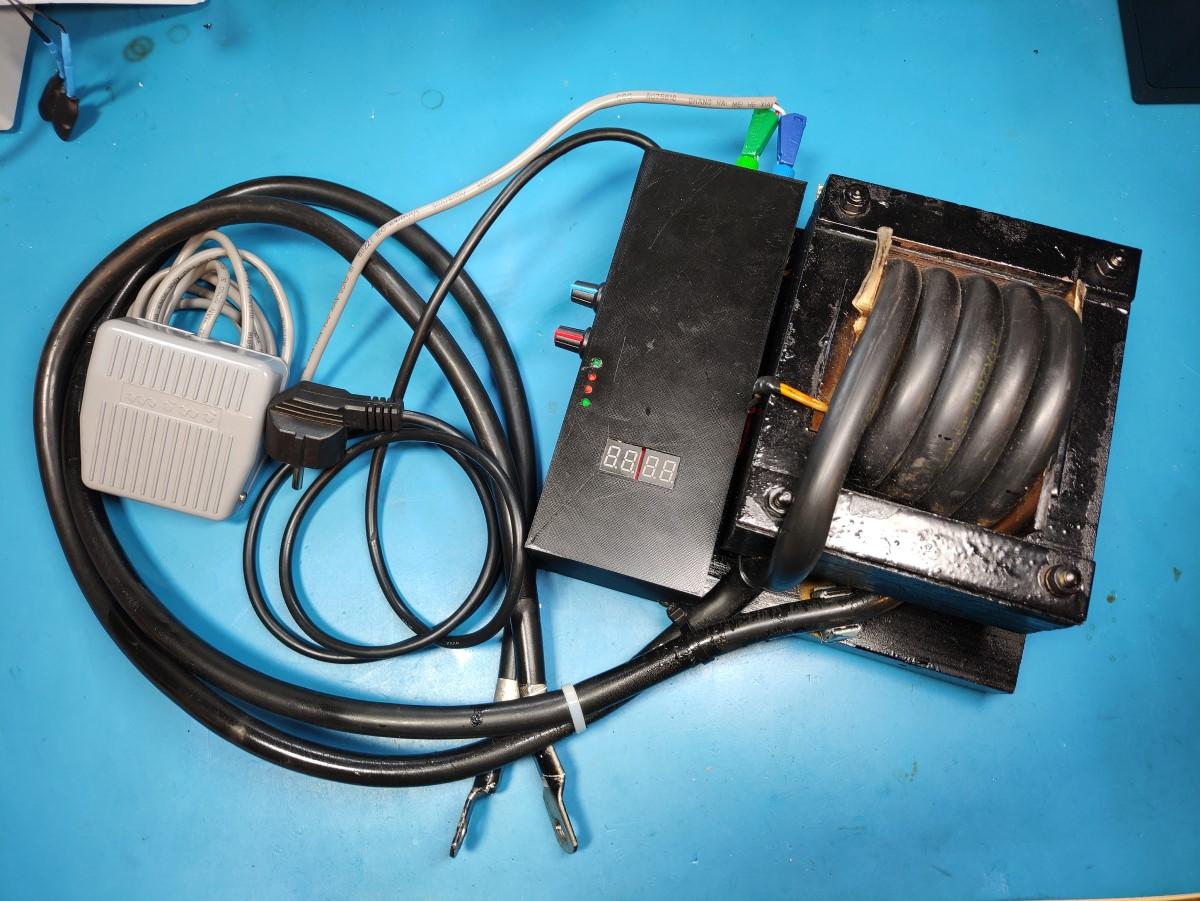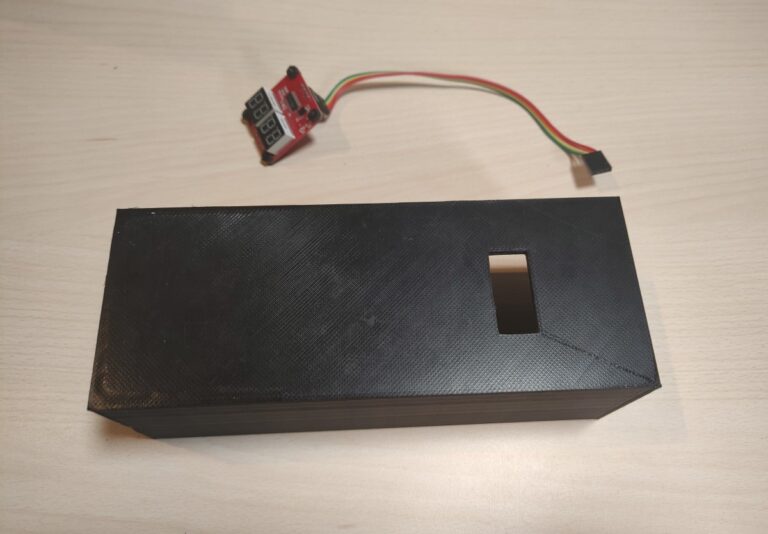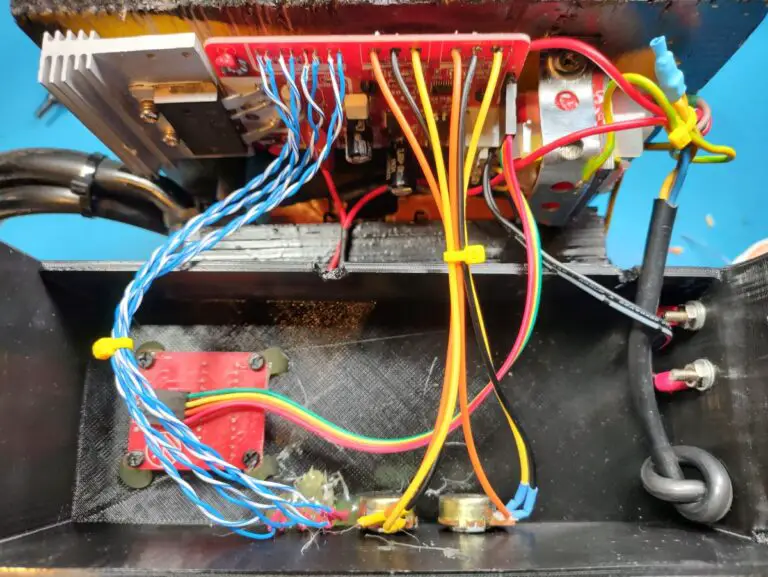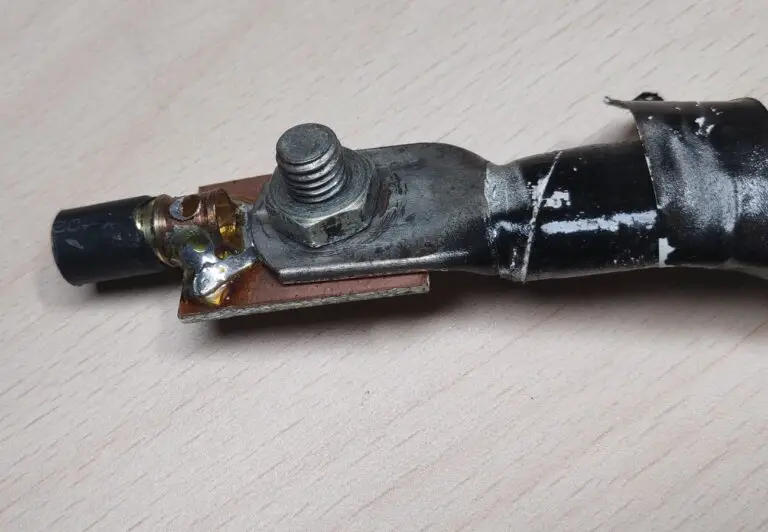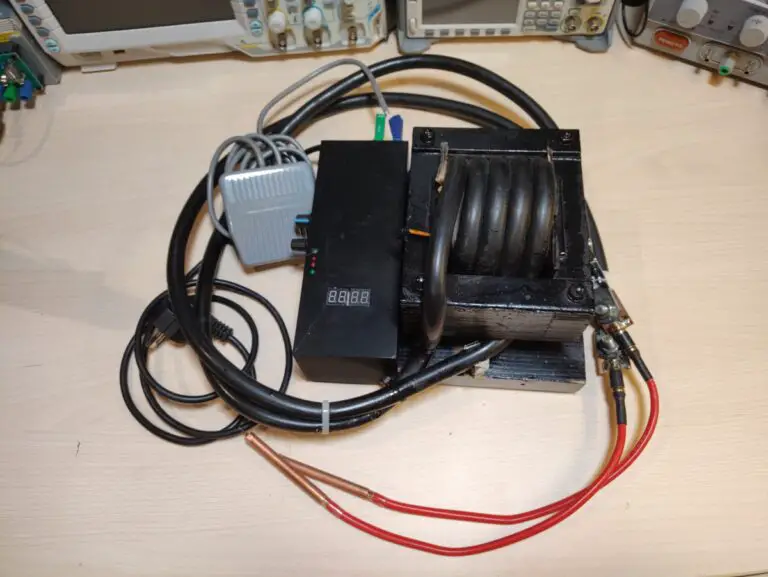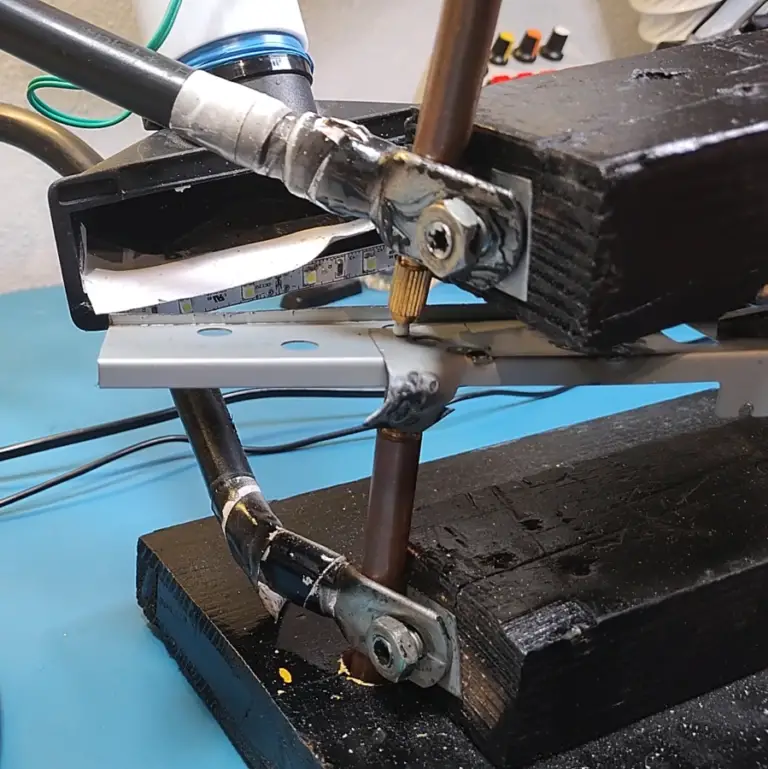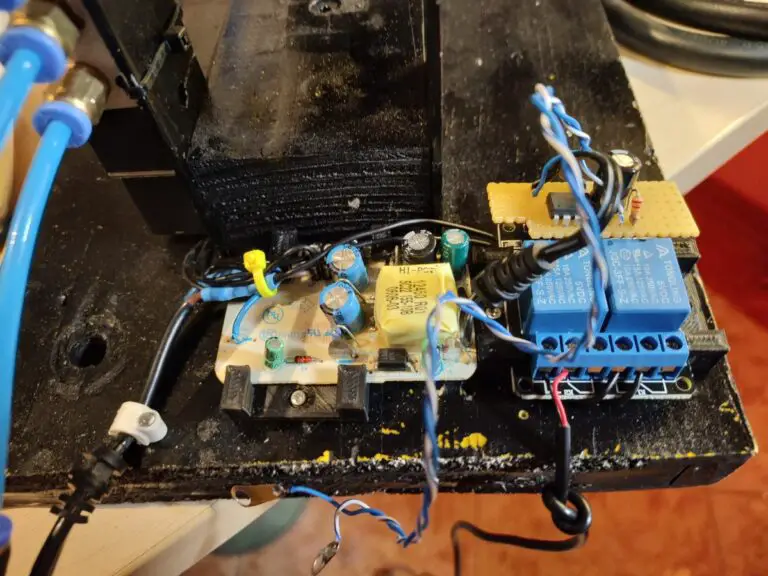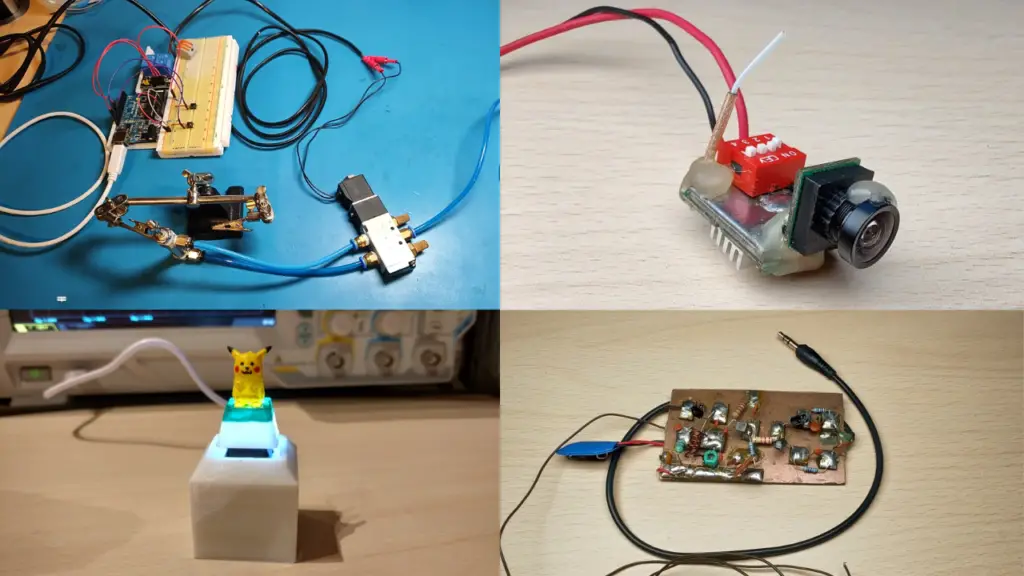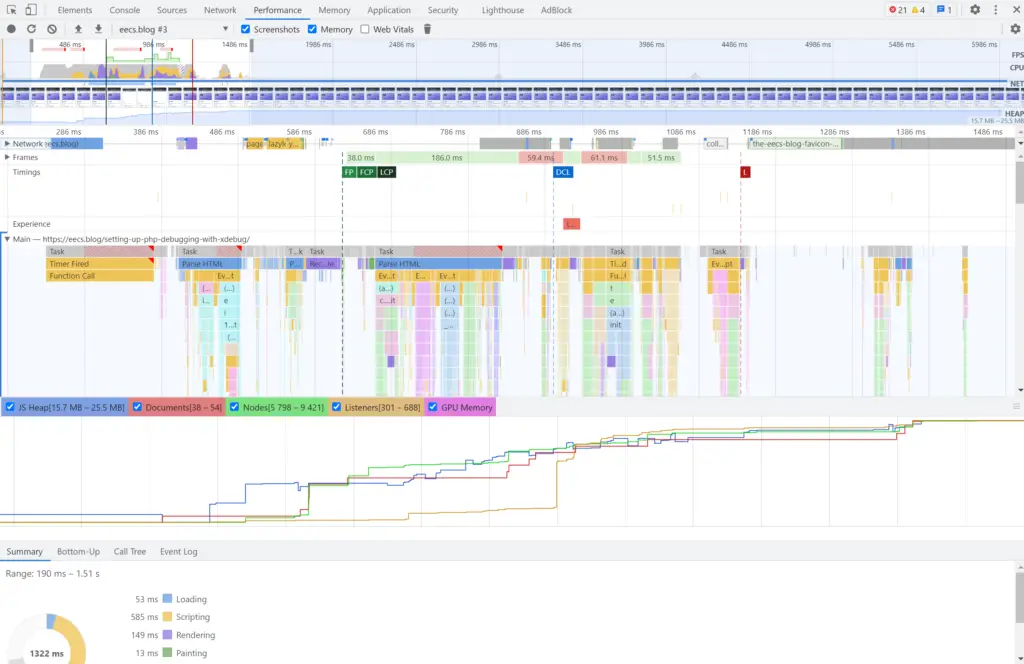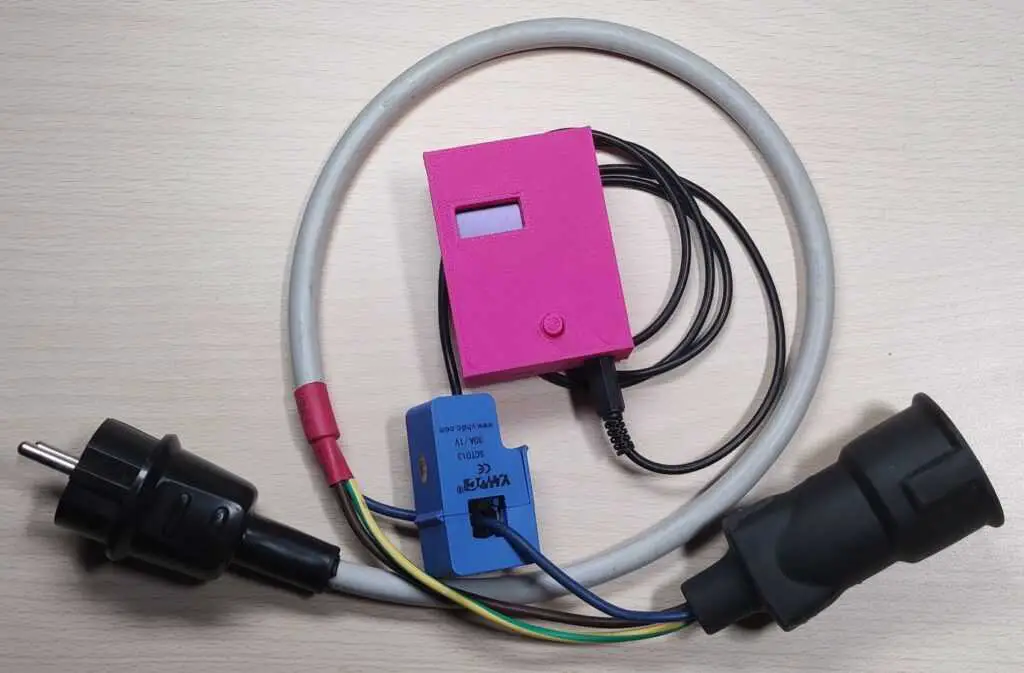About
In this post, I will show you the spot welder I made. A spot welder is a very useful tool that can weld two pieces of metal by simply pressing them together and passing a high current through that small point. This causes that particular spot where the metals are pressed together to heat up sufficiently to melt and fuse them together.
Many products like battery packs, kitchen utensils, appliances, cars, … use this assembly technique as it’s a quick and easy way to make make a mechanical connection that doesn’t require any extra material like screws, nuts, or bolts.
For me this spot welder will be useful for future projects like making baterry packs and repairing things.
Hardware used:
- #adAmazon LinkPortable Spot Welder (if you need a spot welder just for making battery packs and don’t want to make your own)
- #adAmazon LinkSpot Welder Control PCB
- #adAmazon LinkFoot Switch
- #adAmazon Linkli-ion Battery Spot Welder Pen
Making It
It’s operated by a foot switch that triggers an atttiny mcu. The attiny activates the air valve by using a relay. The piston then closes the clamp and waits for a second or two before triggering the spot welder via the second relay. If you would like to know more about programming the atttiny you can check out these two posts I made: Attiny45 and Attiny85 Digispark Board.
const byte inputSignal = 0;
const byte airValve = 1;
const byte spotWelder = 2;
void setup()
{
pinMode(inputSignal, INPUT);
pinMode(airValve, OUTPUT);
pinMode(spotWelder, OUTPUT);
}
void loop()
{
if(digitalRead(inputSignal) == HIGH){
//delay(250); //Simple debounce. //Uncomment if debounce capacitor(C2 in schematic) is not used on the input.
if(digitalRead(inputSignal) == HIGH){
digitalWrite(airValve, LOW);
delay(1500);
digitalWrite(spotWelder, LOW);
delay(2000);
digitalWrite(airValve, HIGH);
digitalWrite(spotWelder, HIGH);
}
}
}
